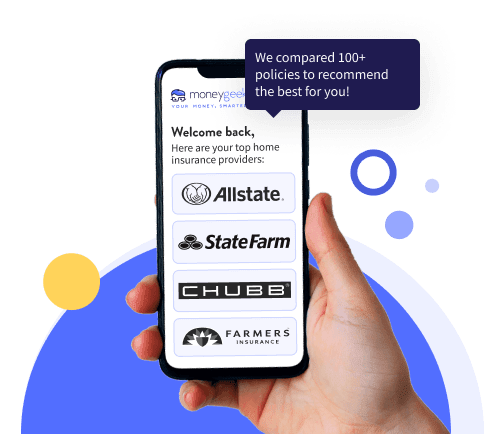Personal liability coverage is a standard part of every homeowners insurance policy. It provides financial protection in case you unintentionally injure someone or damage their property. Protection extends beyond your home; if you accidentally injure someone at a park or damage a neighbor's belongings while visiting, your policy responds.
For instance, it pays for:
- Legal defense fees
- Medical expenses for others
- Property damage to others
- Settlement costs/judgments
- Lost wages for injured parties
- Death benefits
- Injury caused away from home
- Court-related costs



